The Revival Movement: an innovative
return to old carpets in Iran
Change has always been an inseparable part of carpet weaving in history. In that sense, returning to old roots among some workshop shop carpet producers, as a movement started in the late 19th century. This movement while emphasizing color in particular is considered to be a nod to the old glorious days of Persian carpet.(Innovative return to old carpets in Iran)
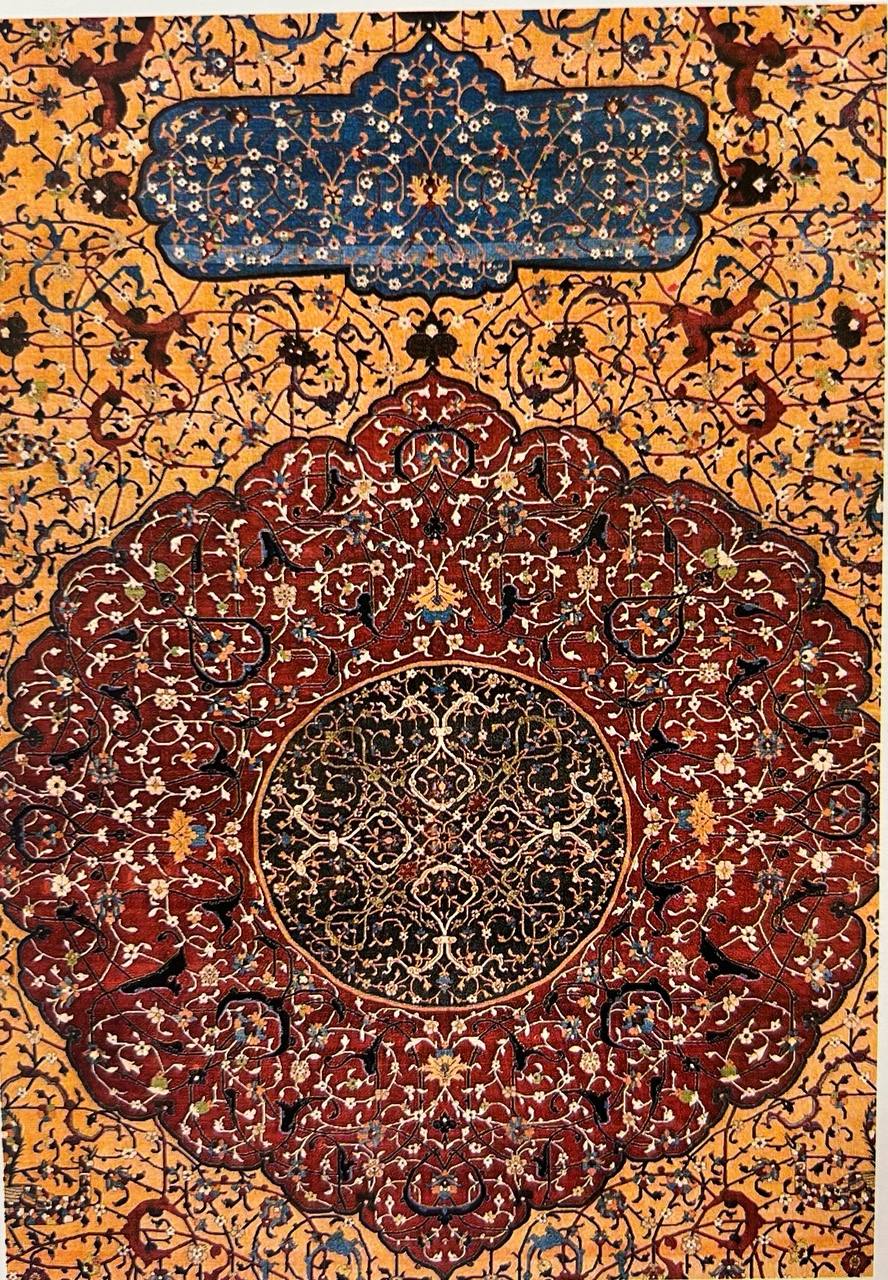
In other words, there has been a rather short period in history, during which several weaving regions went through a phase that can be named as the age of return. We came to this conclusion based on evidence from inspecting a significant number of design plans that belonged to foreign companies that were active in Persian handmade carpet.(Innovative return to old carpets in Iran)
weaving. Notes and phrases such as rang amooz-e- qadim on the edges or the back of most of the inspected carpet plans suggest that about 100 years ago, the style of coloring in old carpet plans was important and interesting to the owners of such companies.

This also indicates the importance of the return movement to these people. Their wish was passed onto main designers and to overseers of carpet weaving workshops, which resulted in them writing phrases and sentences on the papers that would later be used to implement carpet designs, hence they were later woven on machine carpets.
( On the contrary, in the weaving region of Soltan Abad (FKA Arak), there have been designs that show new elements compared to the old and familiar ways, while its colors (particularly on the edges) represent a novelty in dyeing. The use of fewer than 10 colors with extra emphasis on similar ones is indicative of this novelty in the dye. Turaj Zhuleh, Persian Carpet: theoretical basics and intellectual structures, 2014, …. .)
This was seen for nearly 3 decades in carpet weaving and designing in some weaving centers and
can be further analyzed by two different approaches. First, the business of Persian carpet in foreign markets had been booming when carpets with dyeing styles of old Persian rugs made their way to said markets since Nasser-o-din Shah’s reign. (Innovative return to old carpets in Iran)
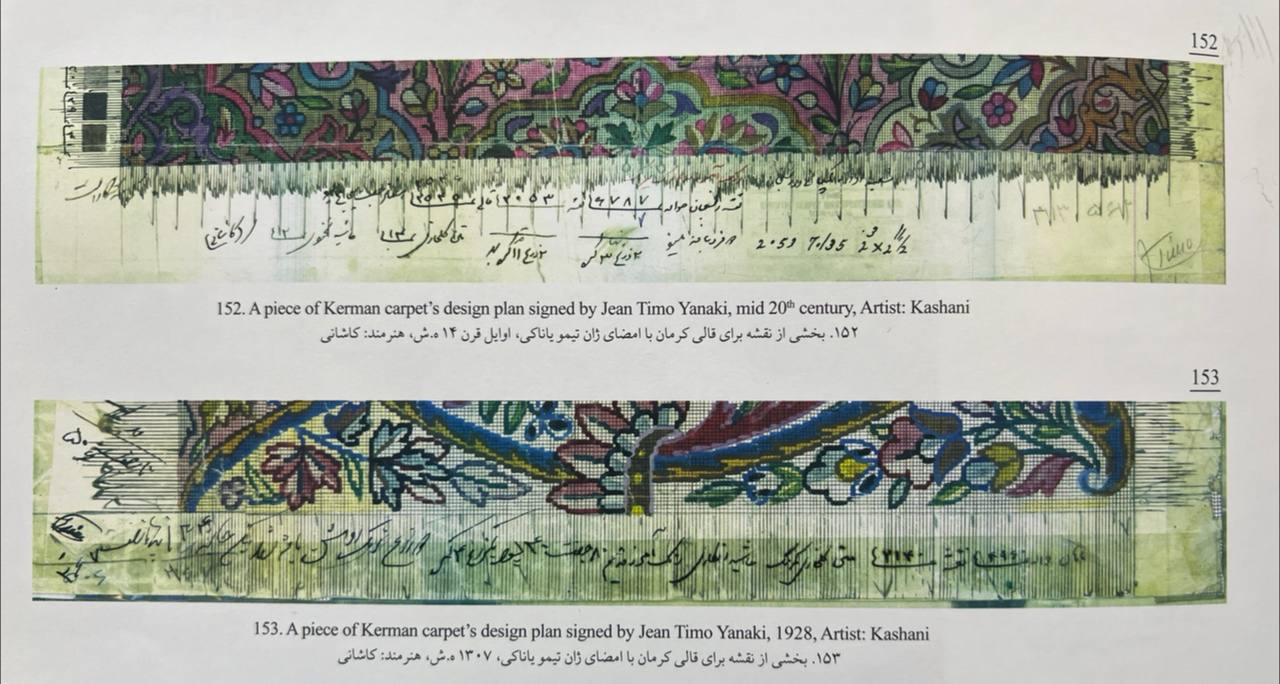
Customers in the U.S and Europe were expecting such colors on rugs since they had seen fine examples from the Safavid era, thus had a keen eye for such enchanting colors. Second, out of the 2 important aspects, design and color, there has been a difference in how they progressed during the said era. By inspecting silk carpet of the late 19th century (and a little older), we came to the following conclusion:
Designs progression occurred based on progressive artists and their taste, meaning that new and different styles of design had found their way to Persian carpet; whereas color had remained the same and following old rules in dyeing was the predominant policy of major carpet weaving coporations and designers.(Innovative return to old carpets in Iran)
For instance, after Cecil Edwards established the central branch of OCM (Oriental Carpet Manufacturers) In Hamedan and the first carpet weaving workshop in Boneh Bazaar of this city, major changes happened in the rural style of carpet weaving which had dominated the entire area before.)
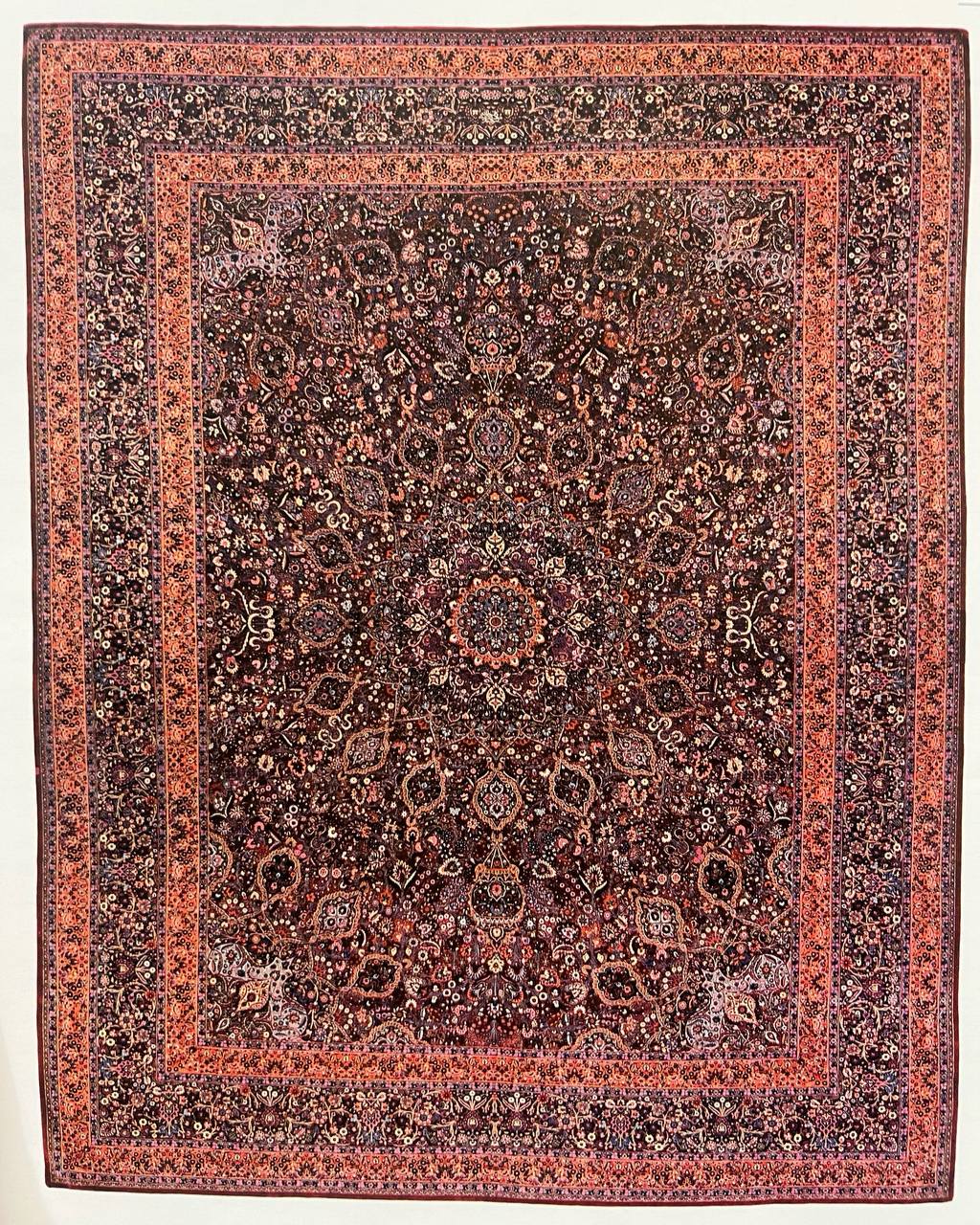
This hefty change gradually obliterated Hamedan’s rural carpet and as of today, there are no signs left of it. On the other hand, the newly-woven pieces showed that new methods of dyeing were still following the old ways as the same colors and variations of colors were used as those of old Hamedan rural rugs.
Further studies on changes in design in this period indicate the huge influence of Europcan decorative arts as they made their way into Persian designs and motifs s and employing them by creative designers had resulted in the creation of some admirable rugs. In addition to that, many Iranian designers expressed their own creativity which also led to the creation of some great carpets.(Innovative return to old carpets in Iran)
This proves the claim, that new styles and methods of design had made their way to old Iranian ones.(The invention of styles such as sabzikar by Hassan Khan Shahrokhi was an answer to Europeanization of designs. There have been other examples of such innovations among Iranian designers as somne sort of resistance against foreign designs.)
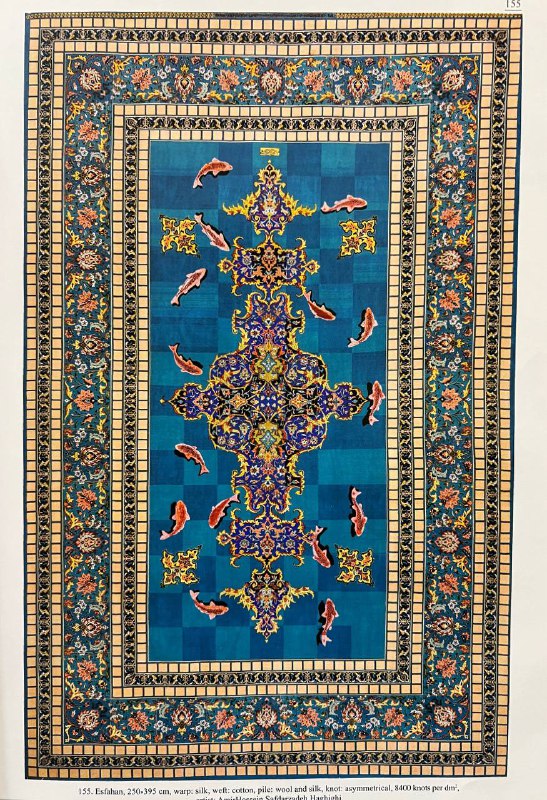
New terms and phrases as well as motifs like European leaf, European flower, etc. along with pictorial carpets inspired by European people and scenery are regularly seen on carpets of this era. The aftermath of this phenomenon is stll discernible today.
The great revolution of carpet weaving in Iran began with the Amoghli brothers in Mashhad in the early 20th century with a focus on reweaving and reviving. By understanding the importance of Safavid carpets and the Ardebil carpet in particular, Abd-ol-mohammad and Alikhan Amoghli started a new chapter in the history of carpet weaving in Iran.
The Ardebil carpet (Also know n in Iran as the Sheikh Safi carpet) had just become famous back then and it has been kept at the Victoria & Albert Museum in London. Inspired by the mesmerizing design of this carpet, the Amoghli brothers started to produce new pieces in various sizes, from 12 to 100 square meters.
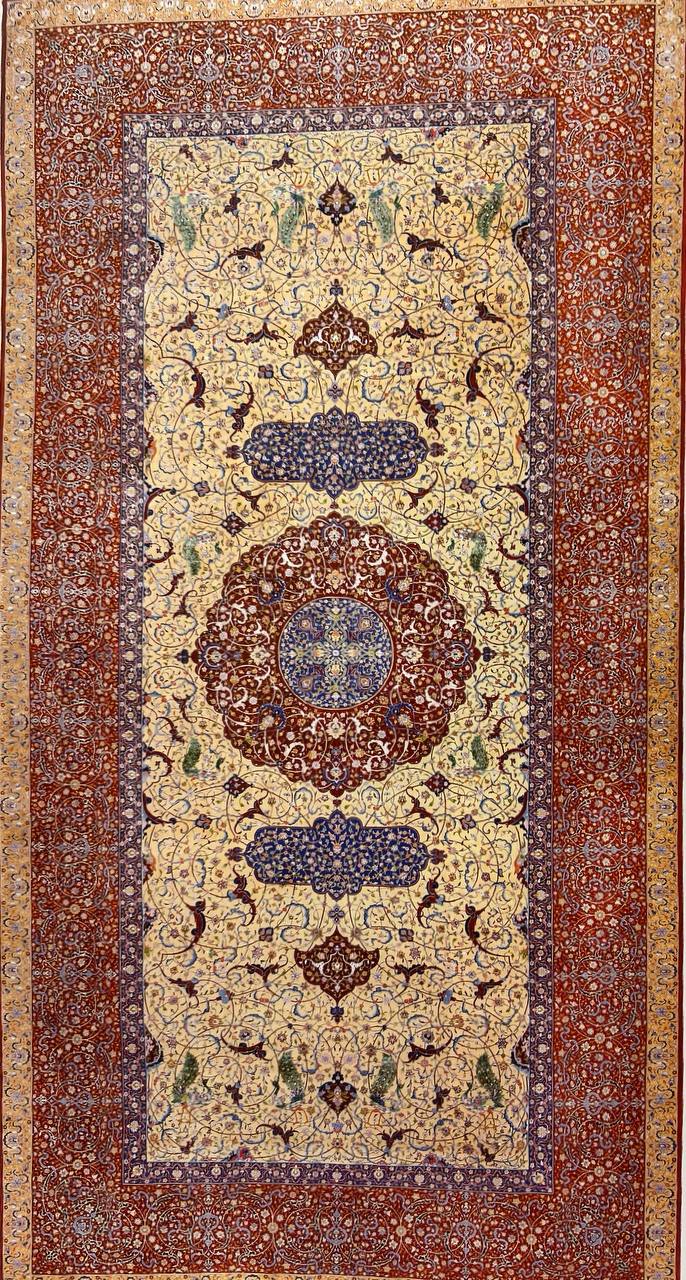
They even created a piece with almost the same dimensions as the Ardebil carpet that was later idolized by many artists and there is a lot about reweaving that can be learned from it.
TheAmoghli brothers studied Safavid carpets (including the Polonaise group) and the weaving techniques used in them as well and so they learned a technique known as Single-knot. This type of knot can be found in all of their weaves, fine and commercial ones alike.
Their works on the Ardebil carpet’s plan inspired many artists and weavers to join this reweaving movement. This reweaving phase of the Amoghli brothers that started in the early 20s and lasted until Alikhan’s untimely demise in 1958, resulted in the revival of the Ardebil carpet’s enthrallmg design after 400 years.(Innovative return to old carpets in Iran)
(In recent decades there have been many attempts at reviving old Persian designs. They still continue and are still pointless. There are certain rules and conditions to reviving a piece of art. Even if all criteria are met, it is Vital to enter a maintenance phase so that piece can continue existing. Much like an old building that requires constant care and attention after being revived, if left unattended, it would crumble again. This is the only way to ensure that a revived piece of art would continue to exist and thrive.)
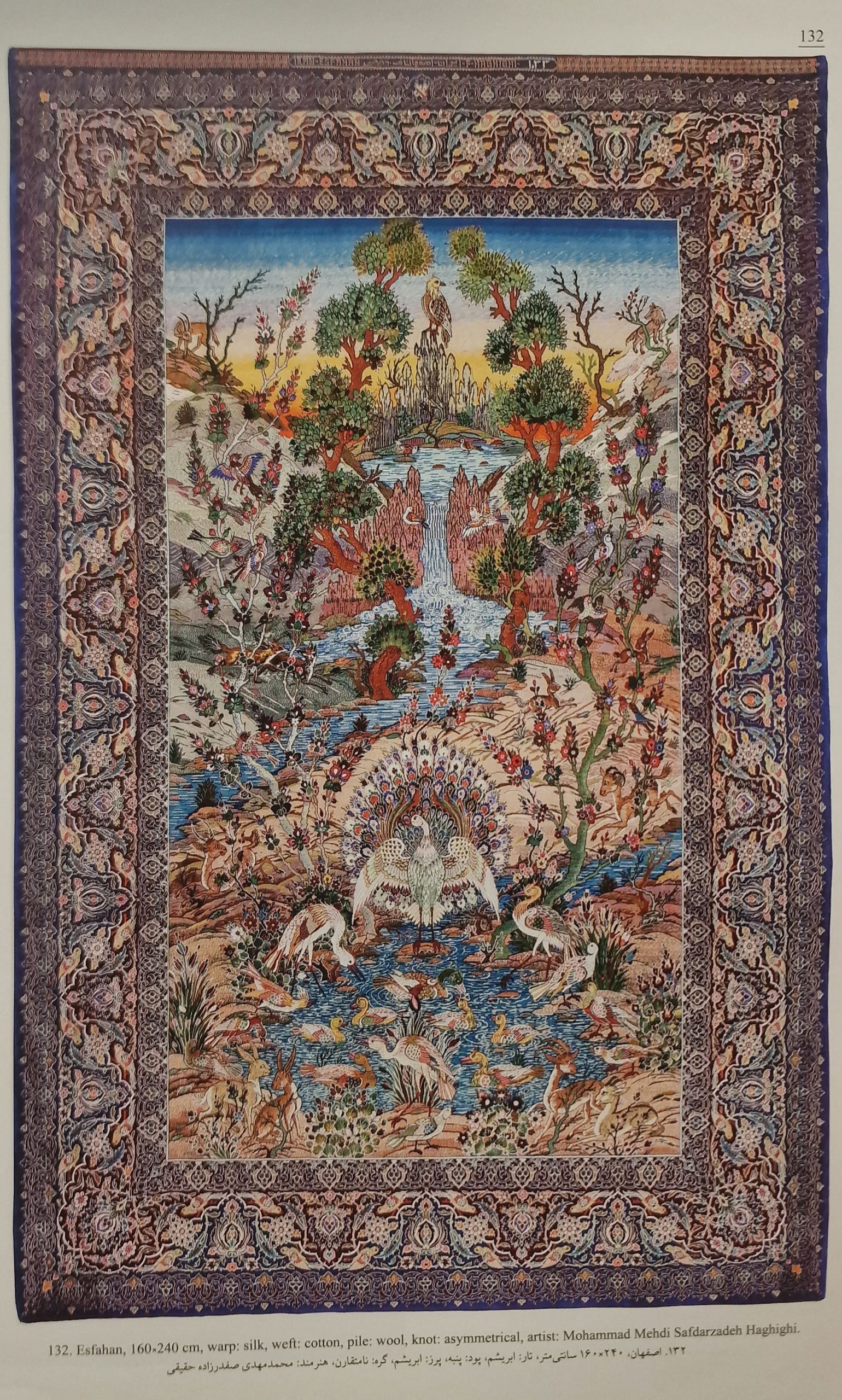
After the Amoghli brothers, the reweaving revival of design, color, weaving techniques, etc. of
old Persian carpets faced a significant decline. This lasted until the early 90s. At this time a differen, much larger movement of reweaving and reviving od Persian carpets started. As a creative and innovative art director, Razi Miri is a shining leader of this movement. With many other artists following footsteps and many other people copying his work, this movement is proceeding faster than ever.(Innovative return to old carpets in Iran)
Whether it’s classical workshop weaves or rural or nomadic, Miri was the creator and overseer of the reweaving process, making him an undeniable personality in this movement. He became many people’s idol as he modernized, rewove and revived many elements in his works, thus creating new paths for other artists.
(With everything said so far, it is worth mentioning that there have been artists who set their own course in this movement and achieved great Success and accolades. Introduction of these great artists is worthy of a separate book that deservingly investigates and praises their work.)
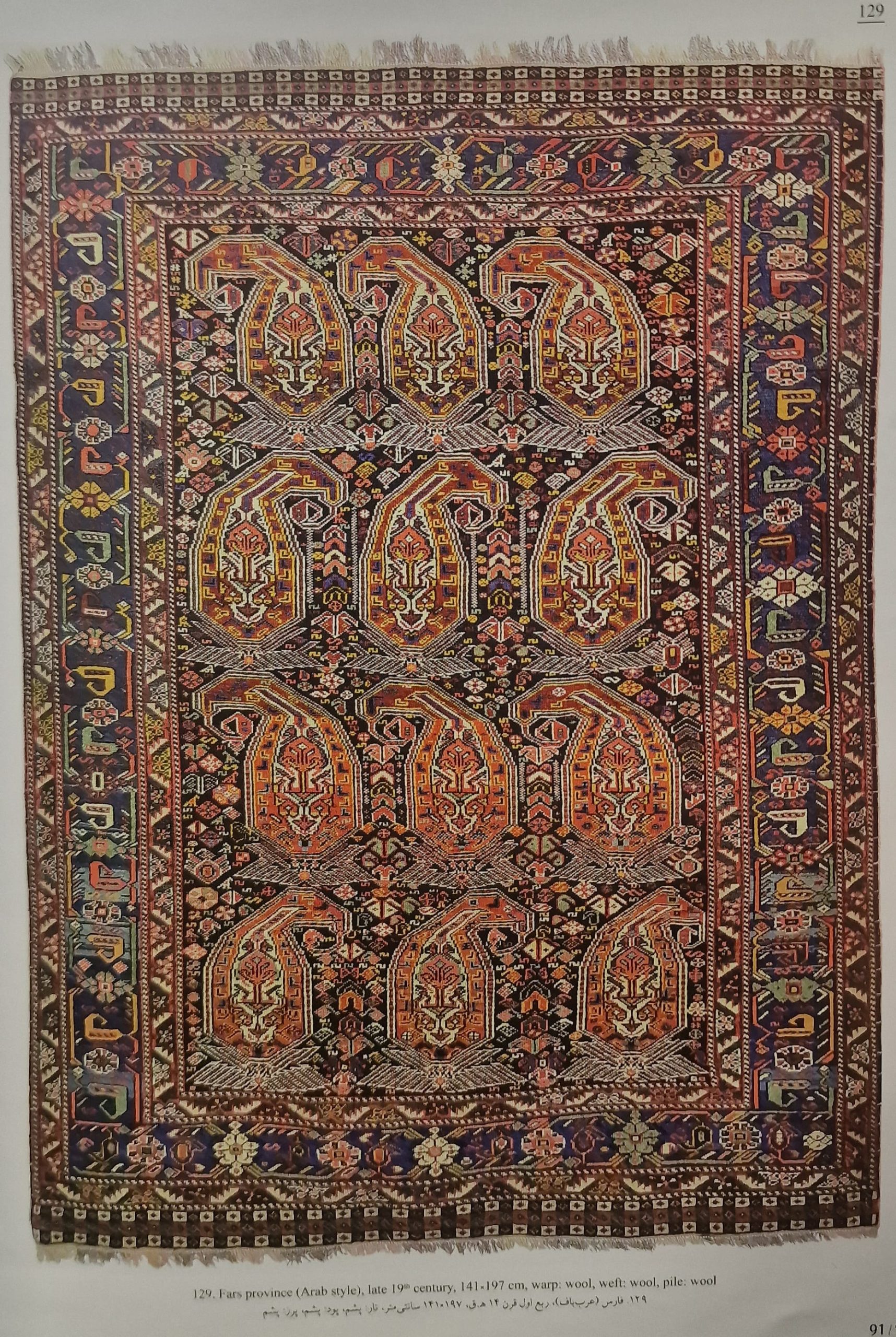
The Anhalt carpet is among well-known classic workshop carpets that have recently been a part of the reweaving movement. With 419 x 729 cm dimensions, the original one belonged to one of the old royal families of Germany and is now kept at the Metropolitan Museum in New York. The original design of this magnificent carpet which belonged to glorious days of the Safavid era was a very bold act.
The rewoven one is the result of Mohammad Mehdi Safdarzadeh Haghighi’s 5-year-long efforts in design, color, dye and weave. It was shown to the public at the 27h International Carpet Exhibition in Tehran. The reweaving of Anhalt was an amazing phenomenon.
It was a mixture of 3 movements: Reweaving, modernizing and reviving. Reviving was
necessary for the design as well and it was the artist’s duty to do that as well.
(After reweaving this carpet, Mohammad Mahdi Safdarzadeh Haghighi started to weave other pieces that will soon be unveiled.)
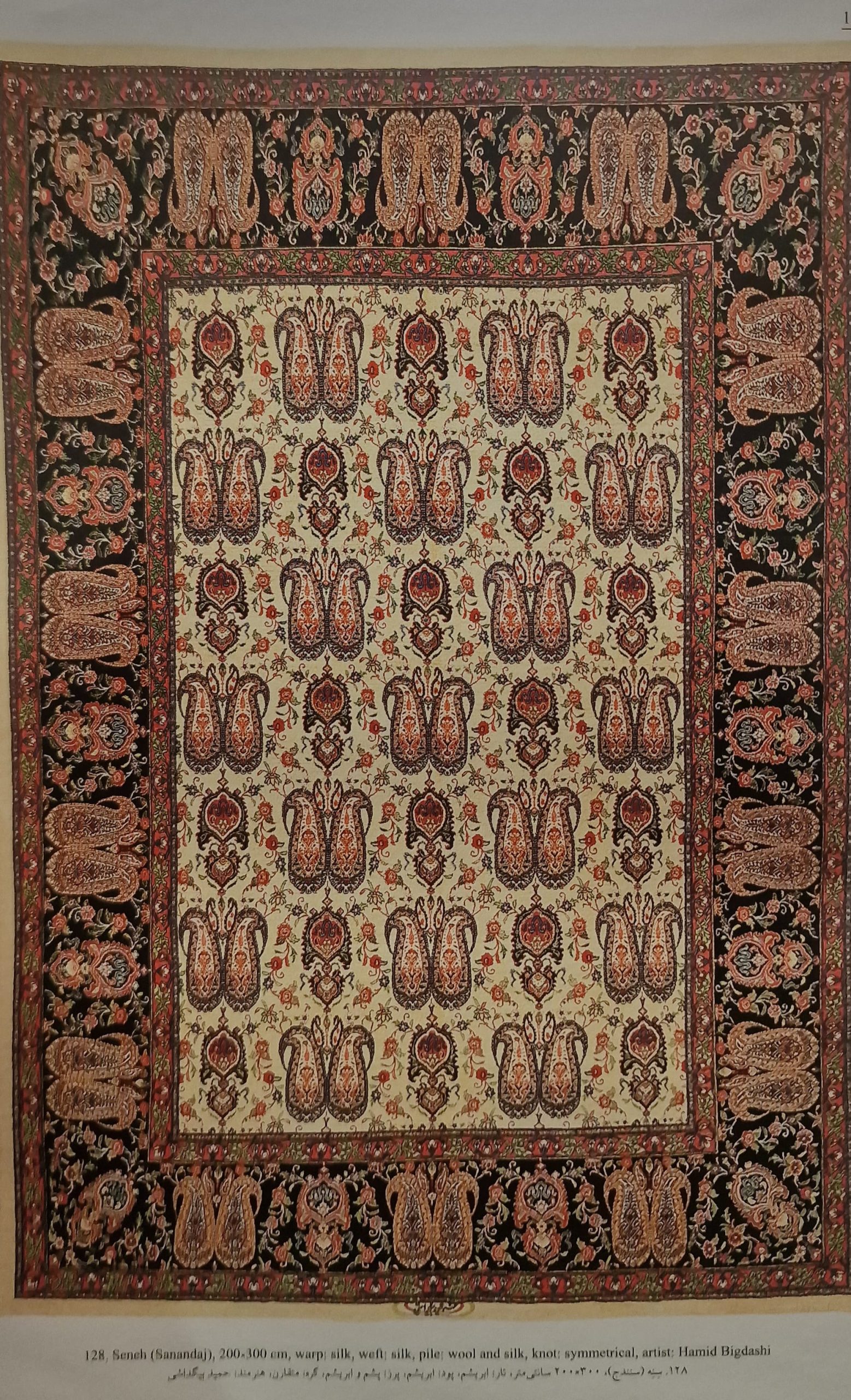
The movement of reweaving, modernizing and reviving old Persian carpets has its own story as it faced many a challenge over the past 3 decades but it’s still persisting. The outcome of this movement with its 3 phases, has sometimes been uncertain. While most artists are not familiar with the basis of it and so getting not-so-great results, there have been a few artists whose efforts in this movement are successful. It is an absolute necessity for everyone in this movement to be carefully taught about rural and nomadic weaves.
